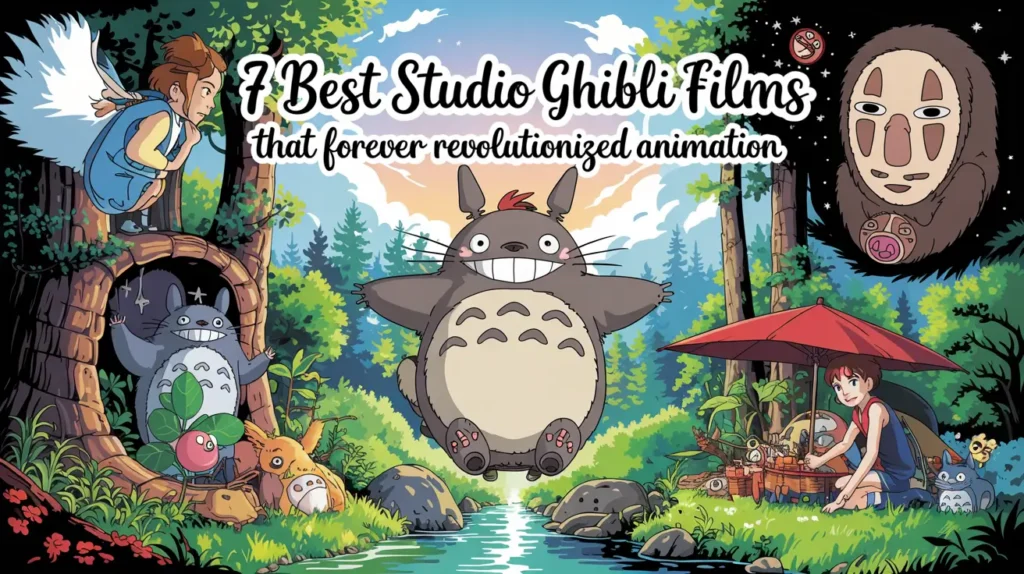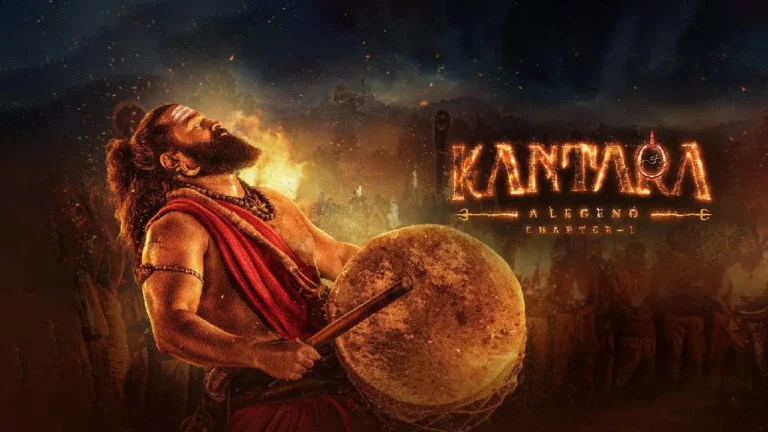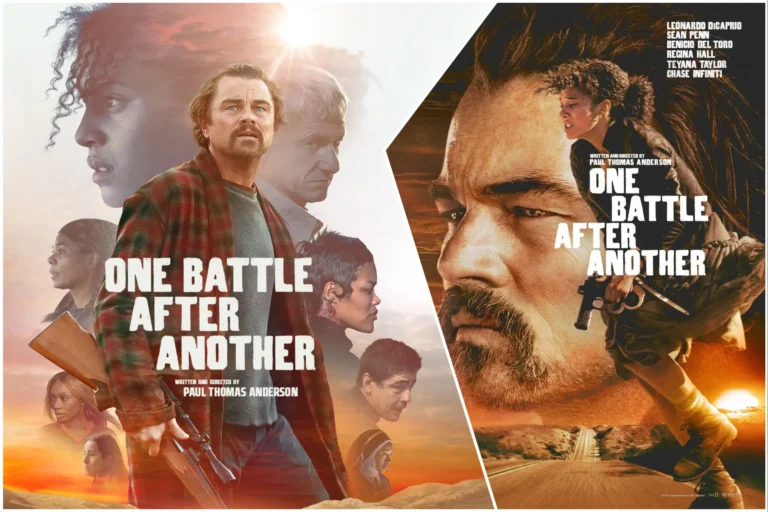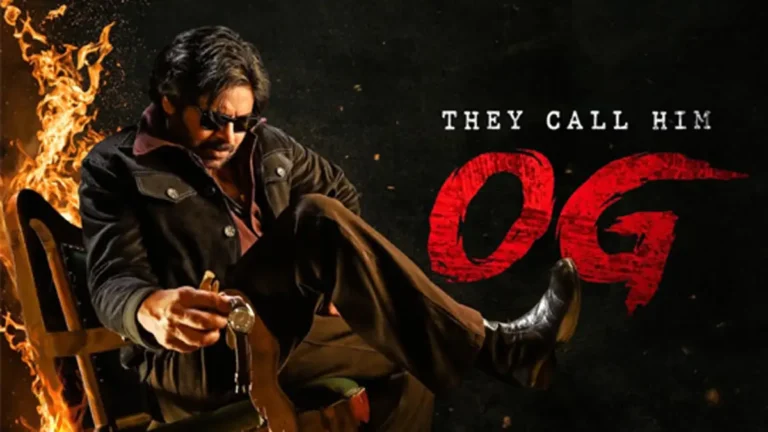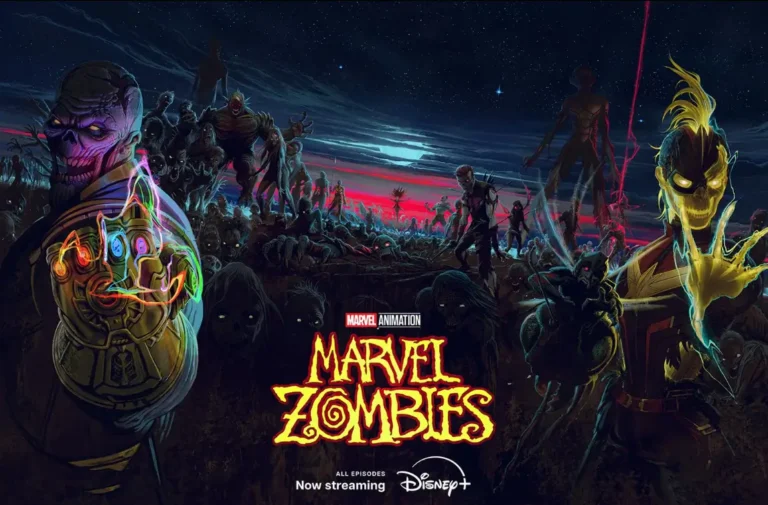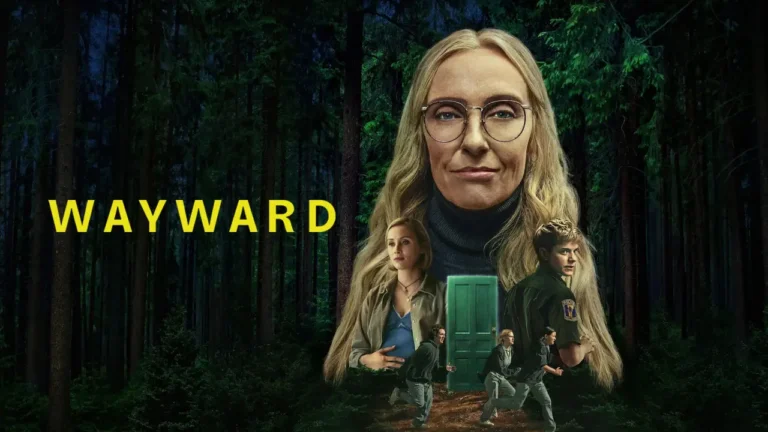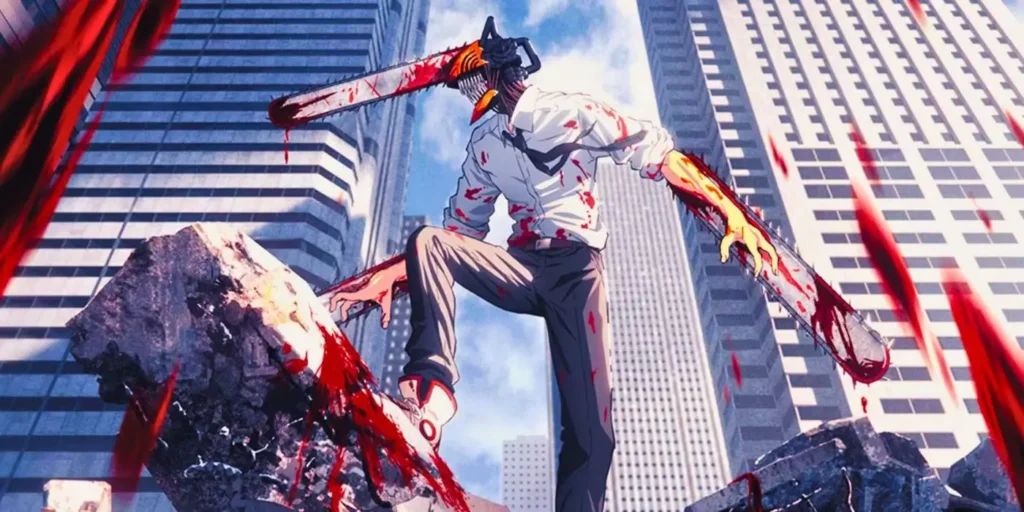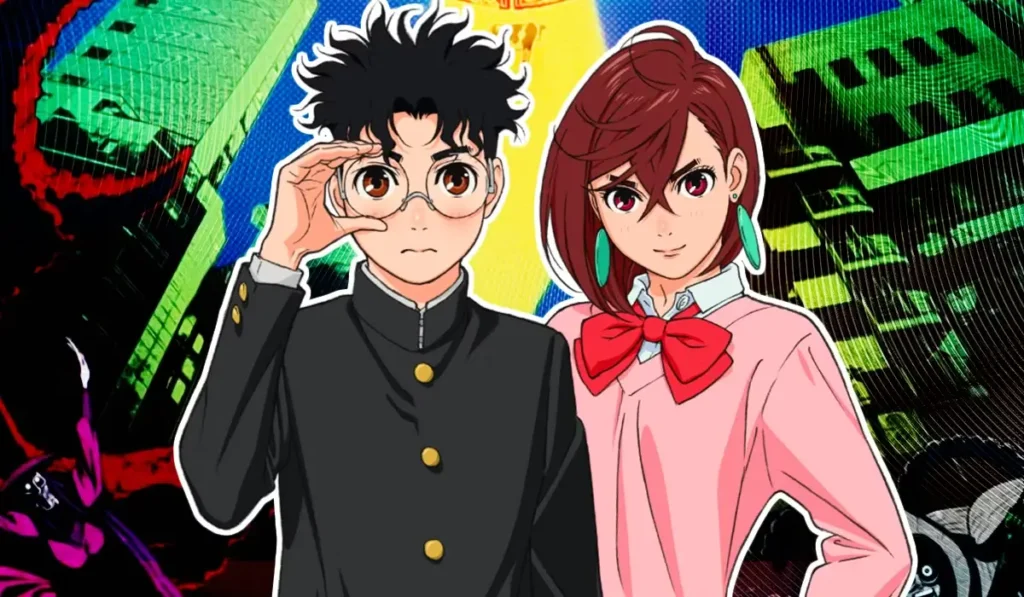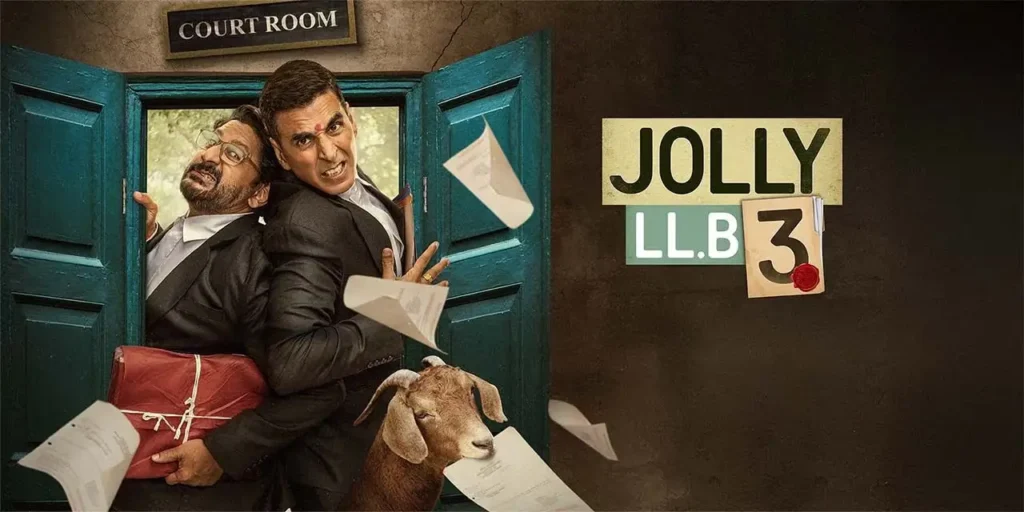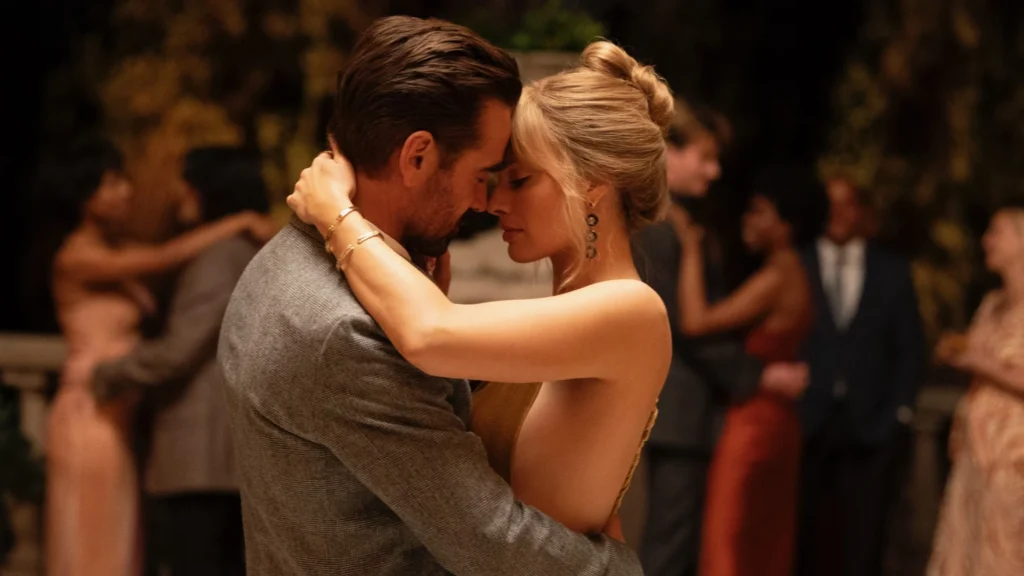There’s magic in seeing that blue Totoro mark come up on the screen. For nearly forty years, Studio Ghibli has crafted worlds that hold our hearts hostage with breathtaking images and narratives that honor our intelligence. As a long-time admirer who’s spent hundreds of nights captivated by these movies, I’ve gathered my opinion of seven Ghibli classics that demonstrate why this studio remains unmatched in the history of animation.
Table of Contents
Toggle1. Castle in the Sky (1986)
Ghibli’s first film is what it feels like to see a studio discover its voice at once. The pursuit of orphans Sheeta and Pazu after a mythical floating city, it’s an adventure that still has me smiling from ear to ear.
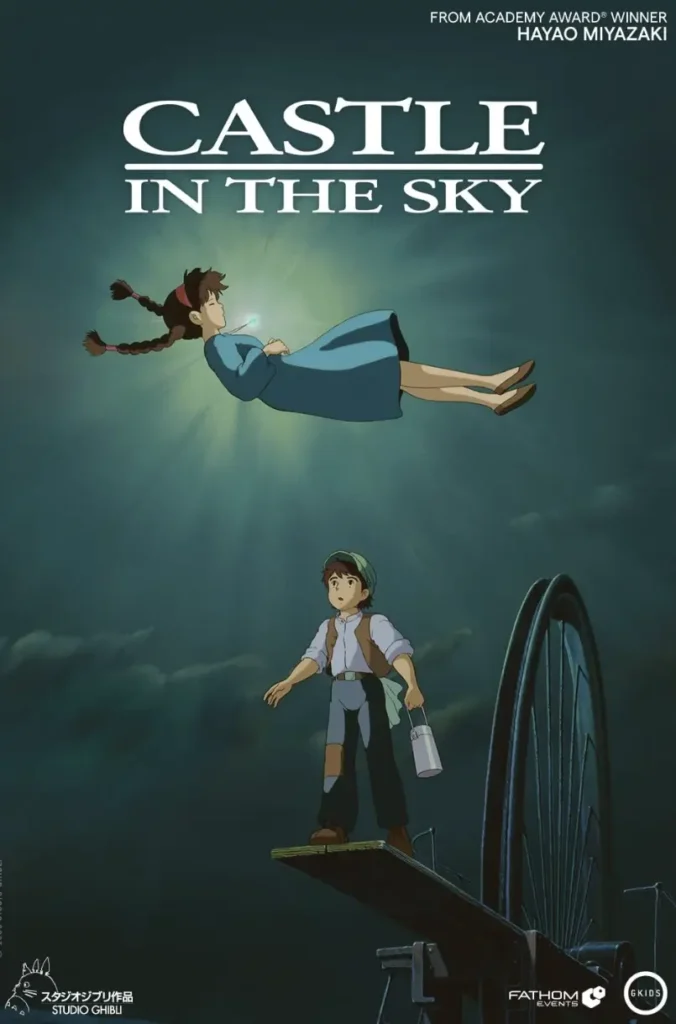
What gets me on every repeat isn’t so much the suspenseful chase scenes – it’s Miyazaki subliminally warning us of our loss of touch with nature. Laputa’s advanced civilization collapsed because they opted for technology over nature, something that would become a Miyazaki staple.
The aerial action sequences take flight, that wistful sense of floating on the air we’ve all fantasized about. Coupled with Joe Hisaishi’s stunning soundtrack (really, go listen to “The Girl Who Fell from the Sky” now), it set the emotional template for all that Ghibli would go on to become renowned for.
2. My Neighbor Totoro (1988)
A bad guy. No complex story. Just two sisters find enchantment in the countryside of Japan while they wait for their mom to heal from sickness. And somehow, this sweet film became Ghibli’s most iconic masterpiece.

I’ve taken Totoro to children who cannot sit out a YouTube clip, and they are mesmerized. The movie gets it exactly how children actually play and dream – not by created hype but subdued discovery. That moment when Mei discovers Totoro napping is just quintessential childhood wonder.
What I like most about age is the way the film saves a disappearing Japan. Every aspect of rural life – the veggie patches, the hand pump, the neighborhood bath – has a lived-in feel rather than researched. It’s cultural preservation masquerading as fantasy.
And Totoro himself? The greatest film character ever conceived, period. My frayed Totoro plush still adorns my bookshelf at 35, and I’m not even ashamed.
3. Grave of the Fireflies (1988)
I recall sitting in a daze on my couch, staring blankly at my television after viewing this movie for the first time, emotionally devastated. Director Isao Takahata’s unapologetic adaptation of two orphans fighting through the final months of WWII displays animation’s potential to devastate.

In contrast to Miyazaki’s fantasy films, Takahata bases this on harsh facts. Seita and his young sister Setsuko are victims not only of American firebombing but of man’s indifference. Their gradual unraveling is rendered so truthfully that it is at times uncomfortable to observe.
The animation has heartbreaking effect in tiny details – the manner in which fireflies light up the night only to expire come dawn, forming impeccable metaphors around tragedy. This is not only excellent animation; it is brilliant storytelling that just so happens to be animated.
4. Princess Mononoke (1997)
This film changed my understanding of what animation could achieve. Set in medieval Japan, it follows cursed prince Ashitaka as he’s caught between industrialization and ancient forest gods in a conflict with no easy answers.
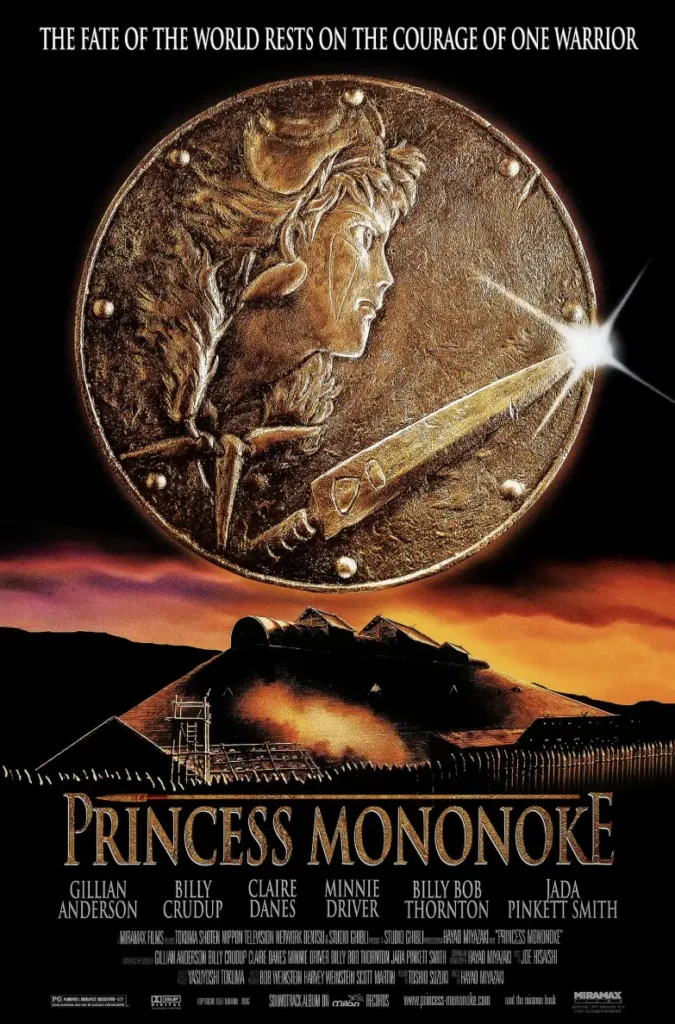
What still amazes me is how it resists easy environmental messages. Lady Eboshi burns down forests but provides a sanctuary for society’s rejects. San fights on behalf of nature but has little sympathy for people. All have reasonable motives, so the conflict is complex.
The animation still holds up 25+ years later. The scene in which the headless body of the Forest Spirit alters the terrain still sends shivers down my spine. This is the movie that ultimately persuaded Western critics that animation was capable of approaching adult issues with elegance.
5. Spirited Away (2001)
The initial time that I watched Spirited Away, I emerged from the cinema feeling as if I had witnessed something revolutionary. Oscar voters clearly felt the same way, giving it Best Animated Feature – the sole hand-drawn Japanese movie to receive such an accolade.
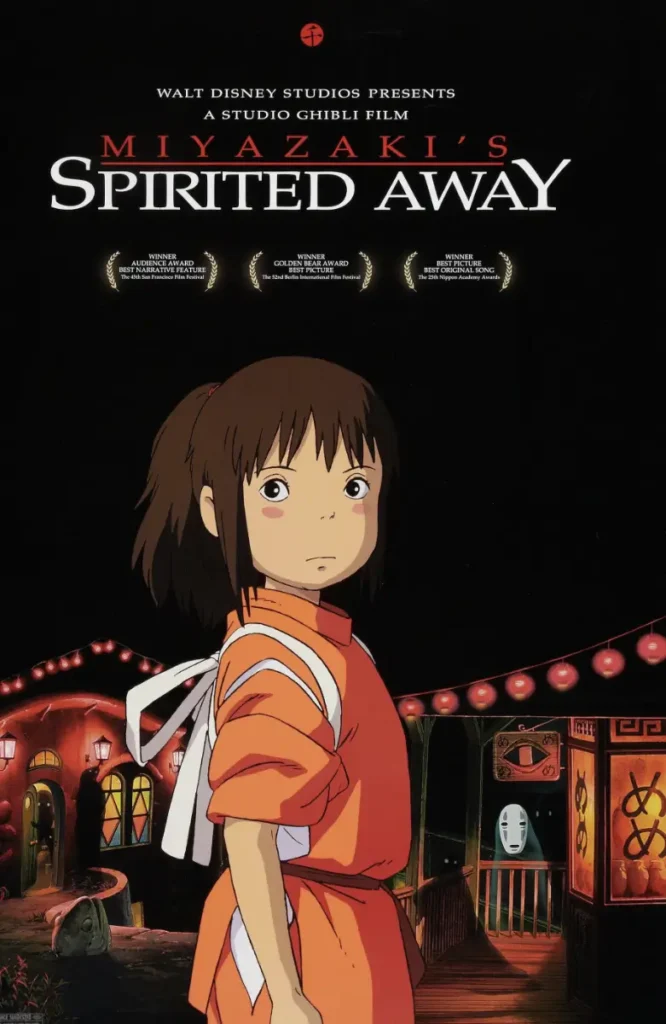
Chihiro’s path from a complaining child to someone capable of genuine bravery feels achieved because it is done so organically. Brought to a bathhouse for spirits to work after her parents are turned into pigs, she discovers a strength she had no idea she possessed.
The brilliance of the movie is how it creates a world of spirits that is both strange and logical at the same time. Radish spirits and the enigmatic No-Face are just the beginning – each character exists somehow outside the parameters of the film. And that silent train ride over submerged tracks? It is more poignant than any amount of dialogue ever could be.
6. Howl’s Moving Castle (2004)
When I am asked why I adore animation, I usually cite the castle itself – a wheezing, impossible castle striding about on chicken legs with shifting rooms. No live-action movie could make such a flawless visual metaphor for Howl’s frenetic personality.
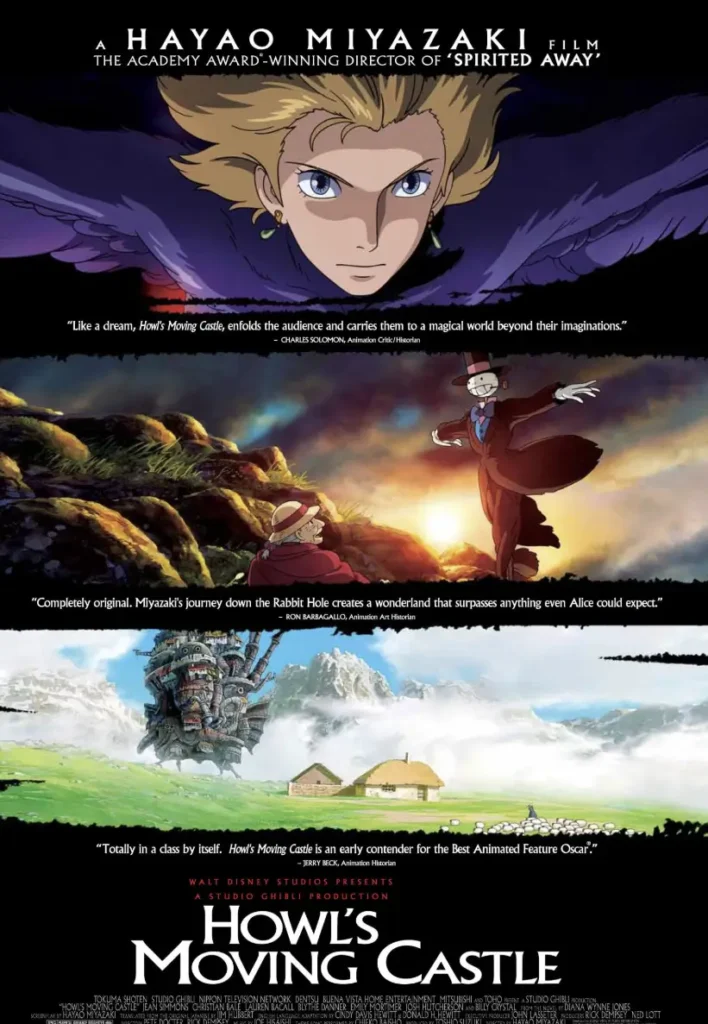
The story of Sophie, cursed with old age by a jealous witch, resonates because her transformation becomes oddly liberating. As an “old woman,” she finds confidence her younger self never possessed. There’s something revolutionary about a film showing aging as potentially freeing rather than just limiting.
Miyazaki’s anti-war message is impactful without being preachy. The breathtaking vistas of destroyed cities and altered landscapes evoke the futility of war more poignantly than words could. I’ve watched this film in my darkest moments, always finding reassurance in its message of seeing beauty in desolation.
7. The Boy and the Heron (2023)
To see Miyazaki return from a second “retirement” was a gift. This intensely personal film is about a boy named Mahito who, mourning the loss of his mother in wartime, meets a mystical heron who leads him between realms.
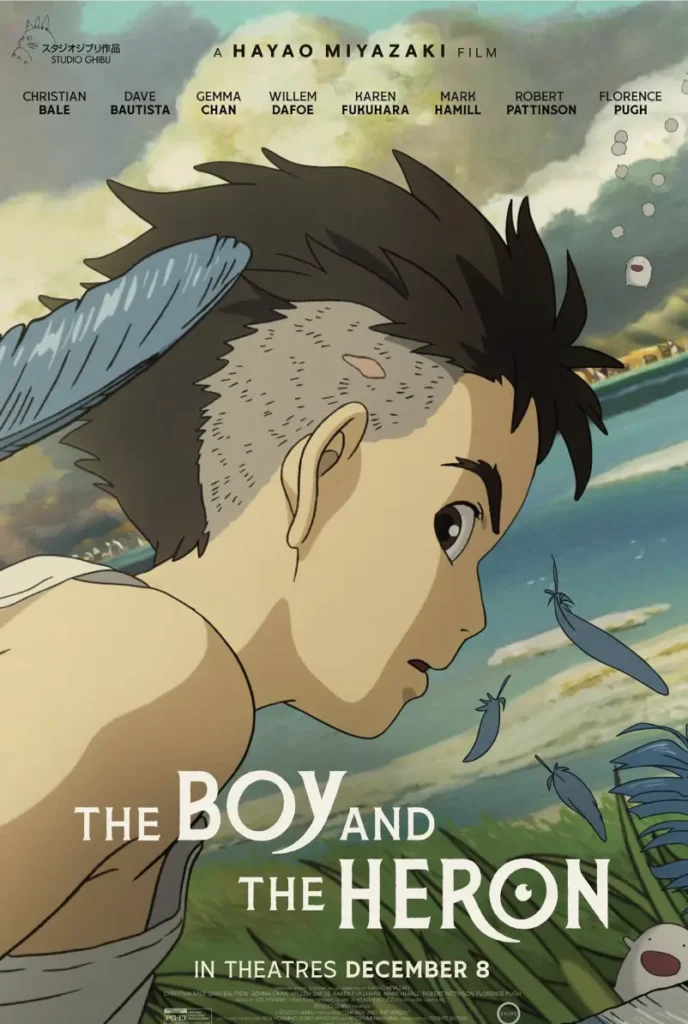
What surprised me was seeing hand-drawn animation of this quality in 2023. In an era where ancient methods are being discarded for expediency, each frame seems like a statement – some narratives require the human touch of pen on paper. The success of the film vindicates Ghibli’s style as it continues to find favor in our modern digital age.
The emotional center – coming to terms with living with loss instead of running from it – resonates deeper with each watch. It’s as if Miyazaki looking back on his own body of work, making perhaps his most introspective film.
Why These Studio Ghibli Films Matter
What makes these seven movies stand out isn’t simply their artistic merit, although that would be sufficient. It’s the way they never condescend to audiences of any age. They offer sophisticated concepts about environmentalism, identity, and community without ever forgetting that story is paramount.
I’ve revisited these movies throughout my life, discovering something new each time. As a child, I was crazy about Totoro’s catbus. As a teenager, I identified with San’s anger in Mononoke. Today, I’m touched by the quiet moments – parents holding children, strangers being kind to one another, communities healing.
That’s the magic of Ghibli. Their worlds are at once fantastical and truer than life – full of truths that speak directly to what it means to be human. These seven classics haven’t just set the standard for animation; they’ve established a visual language that will continue to inspire dreamers for generations to come. check more of Studio Ghibli’s work on IMDB
Also Read: Sikandar Movie Review
